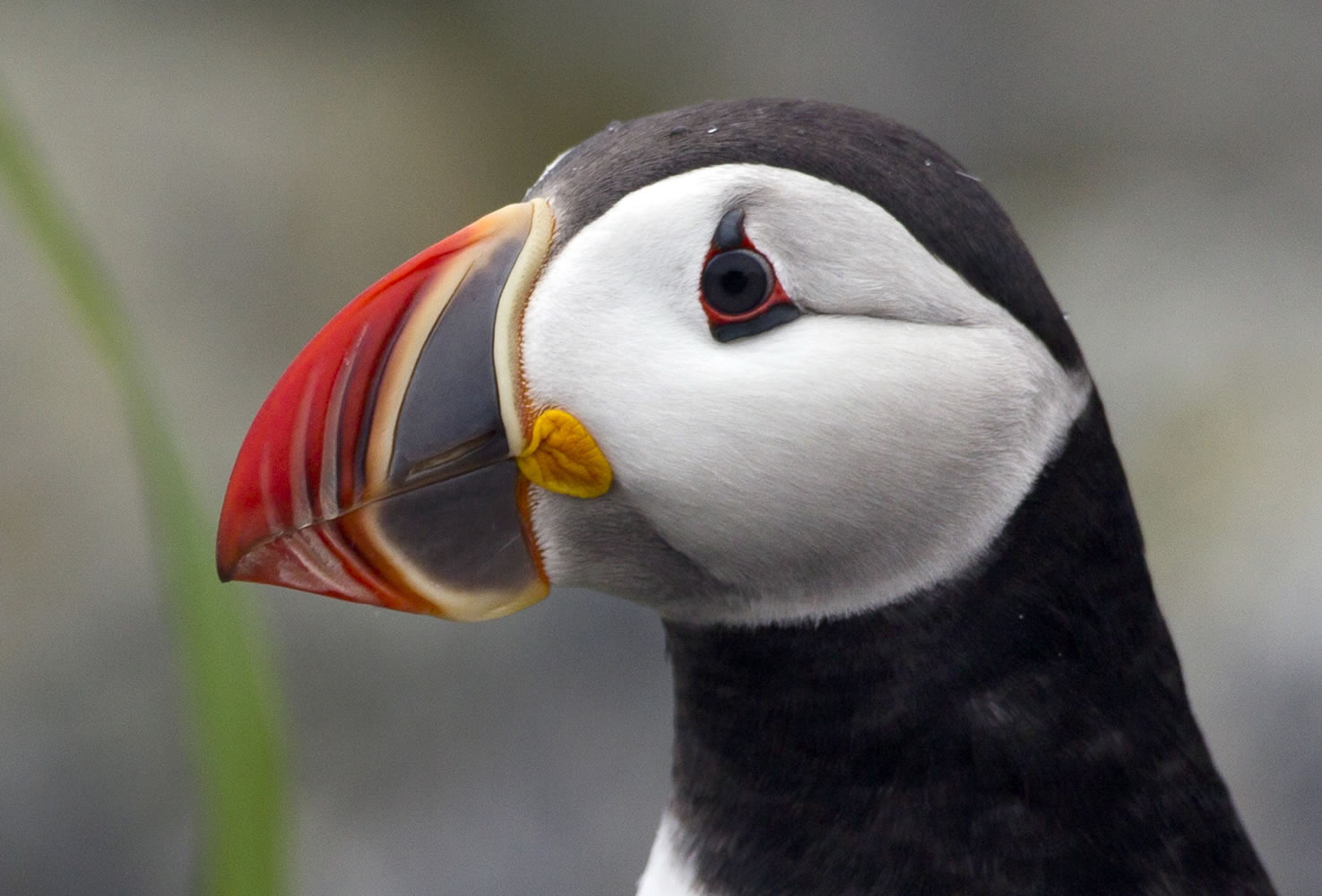PORTLAND, Maine — The cute and comical seabirds called puffins have returned to several Maine islands and are finding plenty of food for their young chicks — unlike last summer, when many starved.
Young puffins died at an alarming rate last season because of a shortage of herring, leaving adults to try to feed them another type of fish that was too big to swallow. Some chicks died surrounded by piles of uneaten fish.
This summer, the chicks are getting plenty of hake and herring, said Steve Kress, director of the National Audubon Society’s seabird restoration program and professor at Cornell University. But researchers remain concerned.
Occupancy of puffin burrows on Matinicus Rock and at Seal Island, the two largest U.S. puffin colonies, are down by at least a third this season, Kress said. That likely means many birds died over the winter and others were too weak to produce offspring this season, he said.
With colorful beaks, puffins look like a cross between a penguin and a parrot. They spend most of their lives at sea, coming ashore only to breed each spring, drawing camera-toting tourists by the boatload before the birds depart late in the summer.
The puffins were nearly wiped out a century ago.
So 40 years ago, Kress and his team of researchers launched a recolonization effort called the Puffin Project by transplanting chicks from Newfoundland to man-made burrows on remote Eastern Egg Rock in Muscongus Bay.
Later, they were transplanted to other Maine islands.
Because puffins are less adaptable than other seabirds, they’re more vulnerable to environmental changes and serve as a good indicator of the health of oceans and the availability of certain types of fish, Kress said.
There’s no guarantee that there won’t be more die-offs in the Gulf of Maine as there have been elsewhere, including in Norway and Scotland’s Shetland Islands.
“It could happen here. We will learn. The puffins will teach us about the oceans and what’s happening to them,” Kress said.



